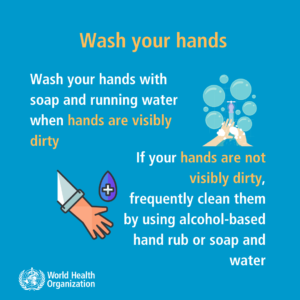It is difficult to find reliable information about the new coronavirus 2019-nCoV from China. In this post, you’ll get reliable information and links to the CDC and WHO’s daily update sites.
As a courtesy, links to the key, vetted, reliable sources are listed here
Please note: After January 31, this page has not been updated; please consider it for historical information when the virus was first becoming known in the U.S. For current information, follow the link above.
UPDATE January 30 Today, the World Health Organization declared the novel coronavirus to be a Public Health Emergency of International Concern. While that sounds scary, it means there is an “event determined to…”
- constitute a public health risk to other States through the international spread of disease; and
- potentially require a coordinated international response”. This definition implies a situation that: is serious, unusual or unexpected; carries implications for public health beyond the affected State’s national border; and may require immediate international action.
This is largely an administrative determination that sets requirements for countries to report to the WHO and sets up a coordination center at the organization.
Here is the WHO central information page (as required by the declaration) where the most current information will be updated.
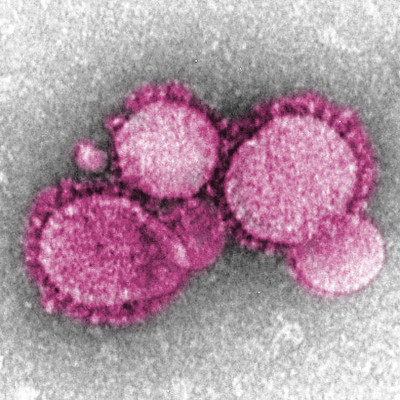
When you live with a primary immune deficiency and you hear newscasters excited about a new infectious disease, and your phone is dinging with alerts, it’s natural to be nervous. I hate to be unable to provide solid info right now, but as with these conditions in the past, it is going to be a “wait and see” situation for at least a little while.
Coronavirus 101
First off, know that coronaviruses are very common and are responsible for simple colds, up to more serious conditions such as SARS (2003-2004) and MERS (2013-2019). SARS caught our attention because there was a small group of patients in Toronto; like the current new virus, it was first detected in China. No human cases have been reported since 2004. MERS, on the other hand, seems to be generally limited to the Middle East, particularly Saudi Arabia and the United Arab Emirates, with a small cluster in South Korea. Fever, cough, and shortness of breath progress rapidly to pneumonia. According to the CDC, 3 or 4 of 10 patients with MERS have died. Typically, these viruses infect animals. Then, there is a slight change in their genetic makeup that allows them to jump to humans, usually those caring for the animals first.
2019 Novel Coronavirus 2019-nCoV
The latest new coronavirus has been dubbed 2019-nCoV –novel — because it does not match any other known virus in humans. It was first detected in the People’s Republic of China in late 2019 and has spread outside of China in January 2020. Public health professionals detected the first cases in the U.S. the week of January 20, in Washington state and Chicago, IL. What makes the infection challenging is that, because it is new, we don’t know how it will behave.
Update Jan 30: There is now evidence that the virus can be transmitted from a sick person to a household member; this has happened in Chicago. But, remember, this could be like the common cold that runs through a family in 3 days. We don’t have enough information yet. The WHO declared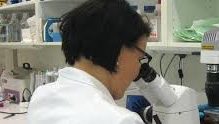 the public health emergency to facilitate reporting, rapid typing of the virus and tracking of ALL cases. When you hear about death rates, remember that it is calculated by dividing the number of deaths by the number of people known to have the illness. A lot of people may have the sniffles and feel crummy and don’t report it or get tested. The flu is far more deadly than anything we have learned about this new virus. The second week of this year 199 adults died from flu and for the season, 54 children have already lost their lives. We’re nowhere near that severity with this 2019-nCoV.
the public health emergency to facilitate reporting, rapid typing of the virus and tracking of ALL cases. When you hear about death rates, remember that it is calculated by dividing the number of deaths by the number of people known to have the illness. A lot of people may have the sniffles and feel crummy and don’t report it or get tested. The flu is far more deadly than anything we have learned about this new virus. The second week of this year 199 adults died from flu and for the season, 54 children have already lost their lives. We’re nowhere near that severity with this 2019-nCoV.
Who Gets Sick and Who Doesn’t?
Right now, epidemiologists are working on mathematical models to see how coronavirus 2019-nCoV spreads. There are three key factors being analyzed:
- How easily is the virus spread from person to person? Are only close household members or healthcare providers getting sick or are others without a known exposure getting infected? How long does it take from the time a person is exposed to someone with the virus until they get sick? (Known as the incubation period.)
- Is there a group of people who would be expected to be sick but are not? What accounts for their apparent immunity?
- Is there a group that gets sick that is not expected to be ill? Are they more seriously ill than others?
These factors help experts predict how the virus is likely to spread and helps to guide the recommendations made to the general public. (But I thought there would be no math!)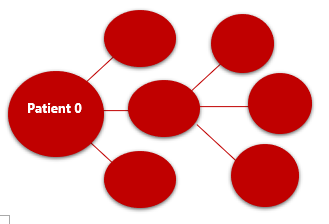
If you or a family member has a primary immune deficiency, and you think you might be at risk, check with your care provider for answers to the questions specific to your situation. In the meantime, bookmark this page for updates:
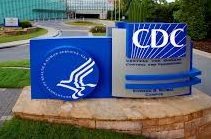

Centers for Disease Control
Situation Updates
This Web page is the location the CDC will use for its latest updates on the 2019-nCoV. Always look for the most up-to-date information about travel recommendations, screening, and disease progression in the U.S. It should be updated daily.
World Health Org
Situation Updates
This is the Web page for an index of WHO’s situation reports. Each links to a detailed PDF that provides a worldwide perspective on 2019-nCoV. The key to watch for at WHO is declaration of PHEIC: a Public Health Emergency of International Concern.
Key Takeaways
Hey, it’s cough, cold,and flu season, and colds are  coronaviruses. So don’t panic if you get a sore throat, cough, stuffy nose and fever. If you haven’t gotten a flu shot, it is never too late, so run right out and get one. Otherwise, at the risk of sounding like a broken record (or duh!) here goes:
coronaviruses. So don’t panic if you get a sore throat, cough, stuffy nose and fever. If you haven’t gotten a flu shot, it is never too late, so run right out and get one. Otherwise, at the risk of sounding like a broken record (or duh!) here goes:
- Avoid close contact with people suffering from acute respiratory infections.
- WASH YOUR HANDS frequently, especially after direct contact with ill people or their environment.
 If a sink with water is unavailable, hand sanitizer is an acceptable substitute, particularly after using railings in public or pressing elevator buttons.
If a sink with water is unavailable, hand sanitizer is an acceptable substitute, particularly after using railings in public or pressing elevator buttons. - Avoid unprotected contact with farm or wild animals. While researchers believe they have isolated the animal in China from which this strain transitioned, this is a good time to be especially careful.
- If you have symptoms of acute respiratory infection, practice cough etiquette (maintain distance, cover coughs and sneezes with disposable tissues or clothing, and wash your hands [or use hand sanitizer]).
And, finally, do not get your health information from Facebook. In less than a week, there is already a range of false information on that social media platform. Share this reliable information with anyone you know getting misinformation from Facebook. If you read something that sounds fishy, SNOPES is doing its best to keep up.
